Inside the billion-dollar business of kids’ fashion
From mini-me fashion to the rise of gender neutral designs, kids’ fashion has become big business in Australia, worth billions of dollars.
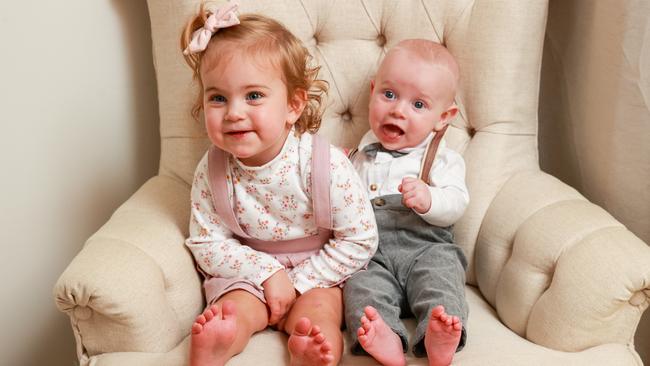
Celeb Style
Don't miss out on the headlines from Celeb Style. Followed categories will be added to My News.
From mini-me fashion to the rise of gender neutral designs, babies and kids’ fashion has become big business in Australia, worth billions of dollars.
The Australian market for kids’ clothing is expected to grow to $2.5 billion in 2025, up from $2.18 billion in 2020, an industry report revealed.
The sector has an annual growth rate of 3.1 per cent for babywear and 3.6 per cent for kidswear between 2020-2024, according to the latest Childrenswear in Australia report by market research company, Euromonitor International.
And Australian retailers – from mass department stores to boutique brands – are reaping the benefits.
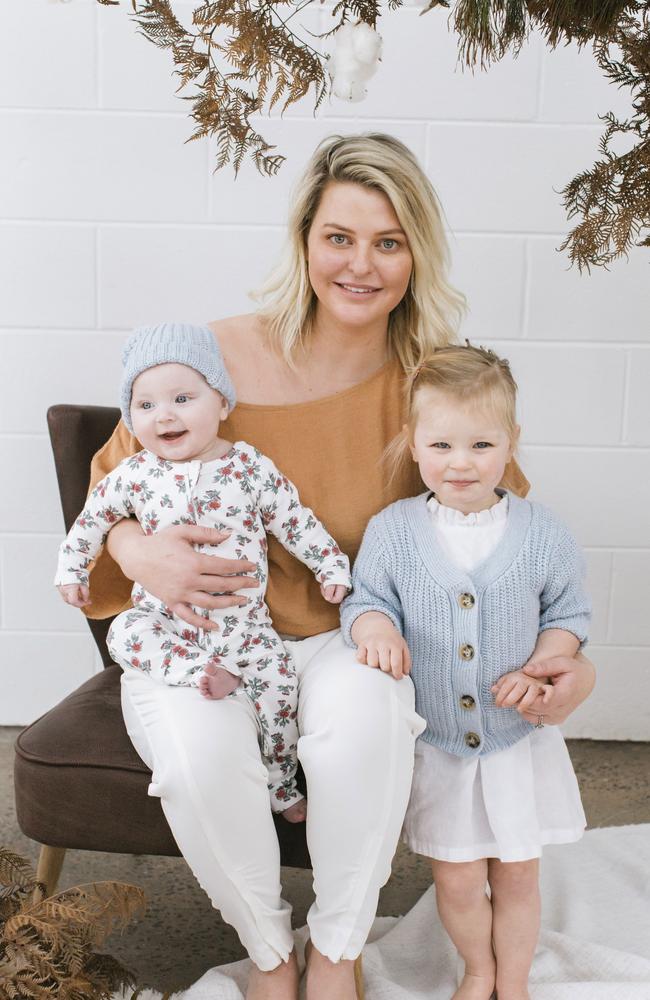
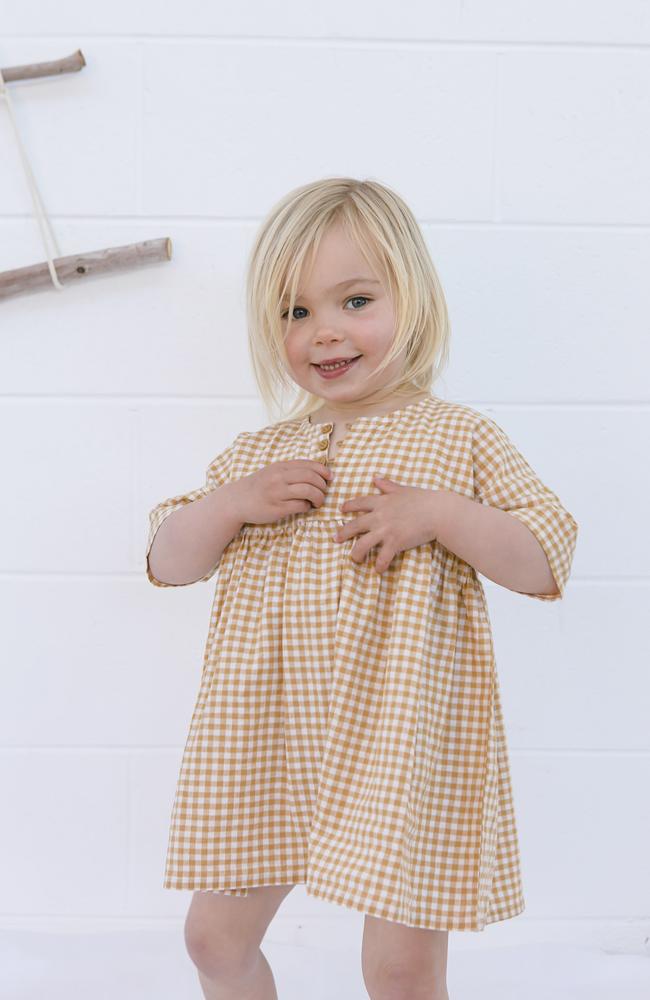
Budget store Best & Less’ baby and kidswear sales grew from $287 million in 2019 to $311.2 million in 2020.
Head of kidswear at Best & Less Vanessa Noy said shoppers were demanding clothes for kids “that looks fun and on trend, in cotton rich fabrications while being functional and durable”.
Ms Noy said playful prints, modern silhouettes, and mini-me dressing were key trends in childrens’ fashion.
“We have seen this (mini-me) trend emerging over a few years where we first saw mini-me dressing driven predominantly by mother and daughter images on social media,” Ms Noy said.
“When developing a range, we focus on trending and playful colours/prints, modern silhouettes as well as ensuring our garments meet a functional need at every age.”
Top-sellers at the budget retailer include two-way zip rompers for babies and kids’ fleece.
The popularity of kids’ fashion is also extending to designer brands.
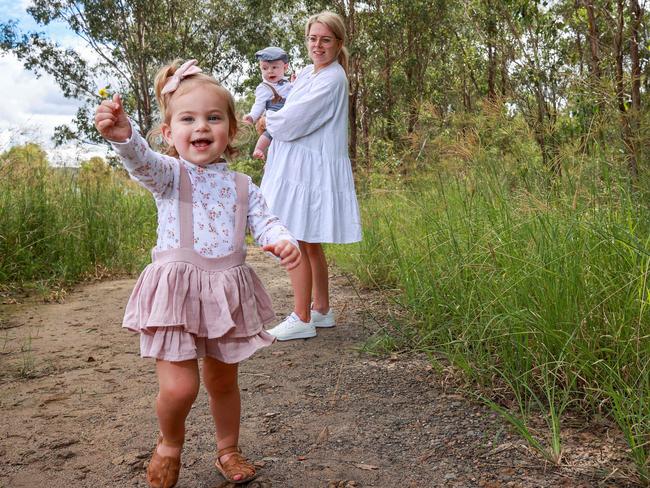
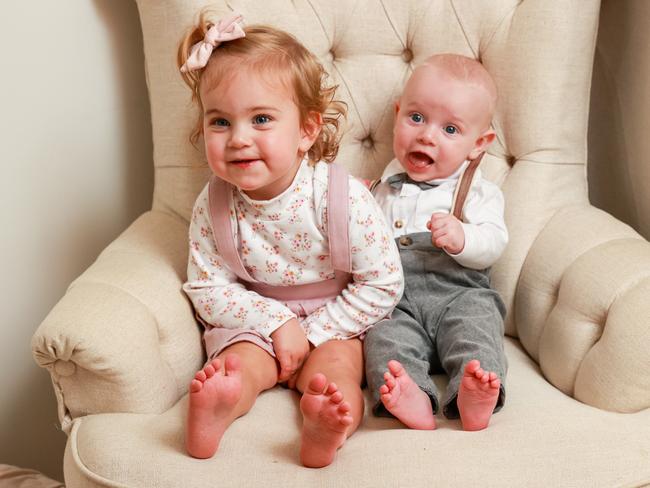
Emma Hawkins, the founder of kids’ label Homegrown, said the market for childrens’ fashion had changed in the past two to three years.
“Parents are definitely more concerned with how they dress their children these days, thanks to the likes of Instagram,” Ms Hawkins said.
“I think most parents will admit they spend more time, effort and money on their kids wardrobe than their own.
“Parents are looking for a point of difference, seeking out speciality pieces which are high quality, sustainable, and timeless.”
Ms Hawkins said there had been a shift towards gender-neutral dressing for kids.
“Homegrown’s top selling garments are our gender neutral growsuits and organic knitwear pieces. There is a focus on using environmentally friendly fabrics such as organic cotton,” Ms Hawkins said.
Sydney-based mother Kelsey Boot said she spent about $1500 per year on kids’ clothes for her three children (including Olive, 2, and River, five months).
“I shop around for best prices, sales, marketplace and buy off small businesses and friends,” Ms Boot said.
“As an estimate, I would roughly spend $500 on each child per year – so $1500 combined. “When purchasing garments I look for affordability, durability and also how it looks.
“Kids are messy and I want them to be able to be comfortable and play without worrying about their clothes.
“When buying for my three kids, I look at the quality and durability in terms of how much can be passed down to one another, and also how much my eldest wears clothes other than her school uniform, and budget around that.”




